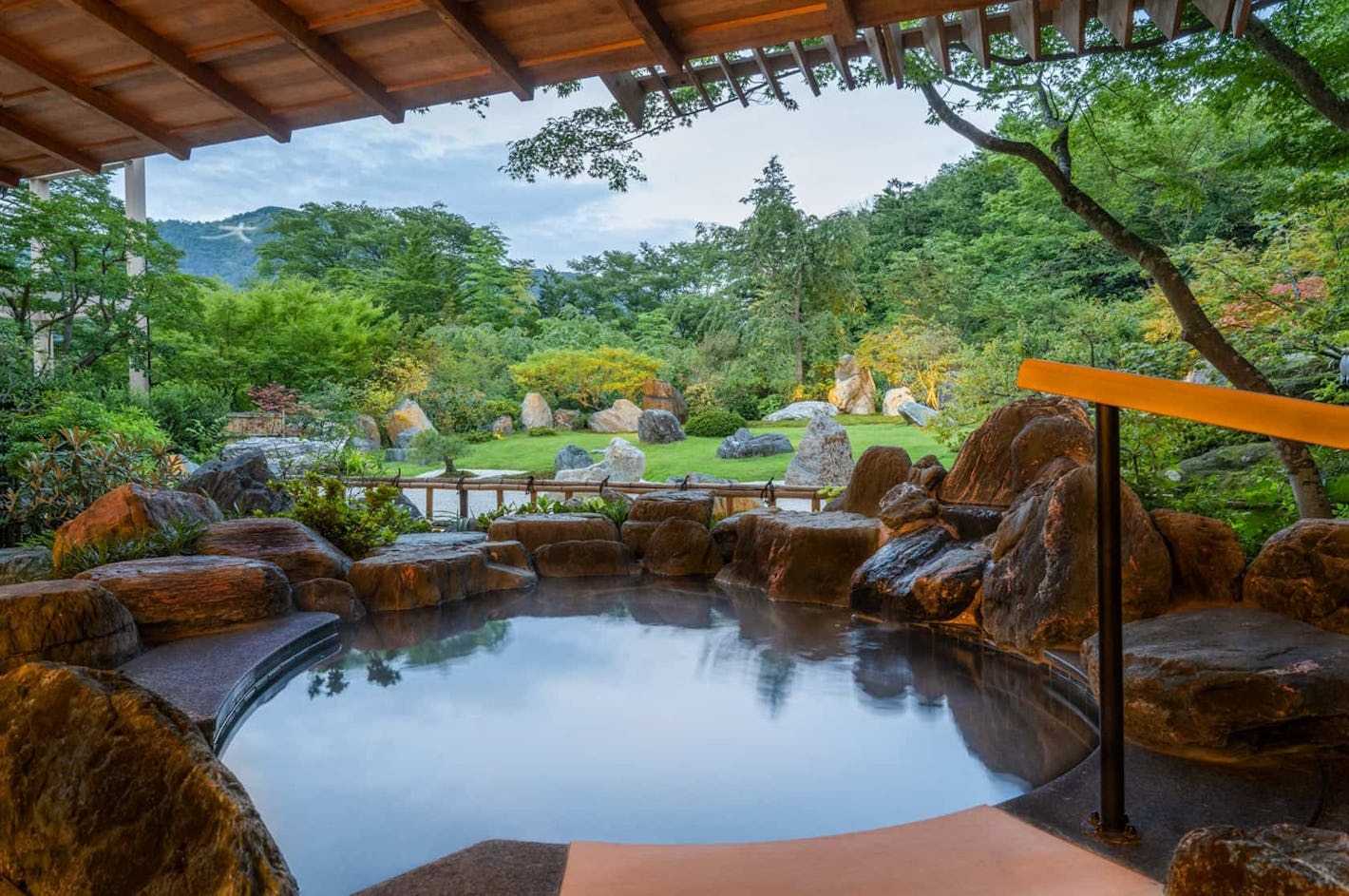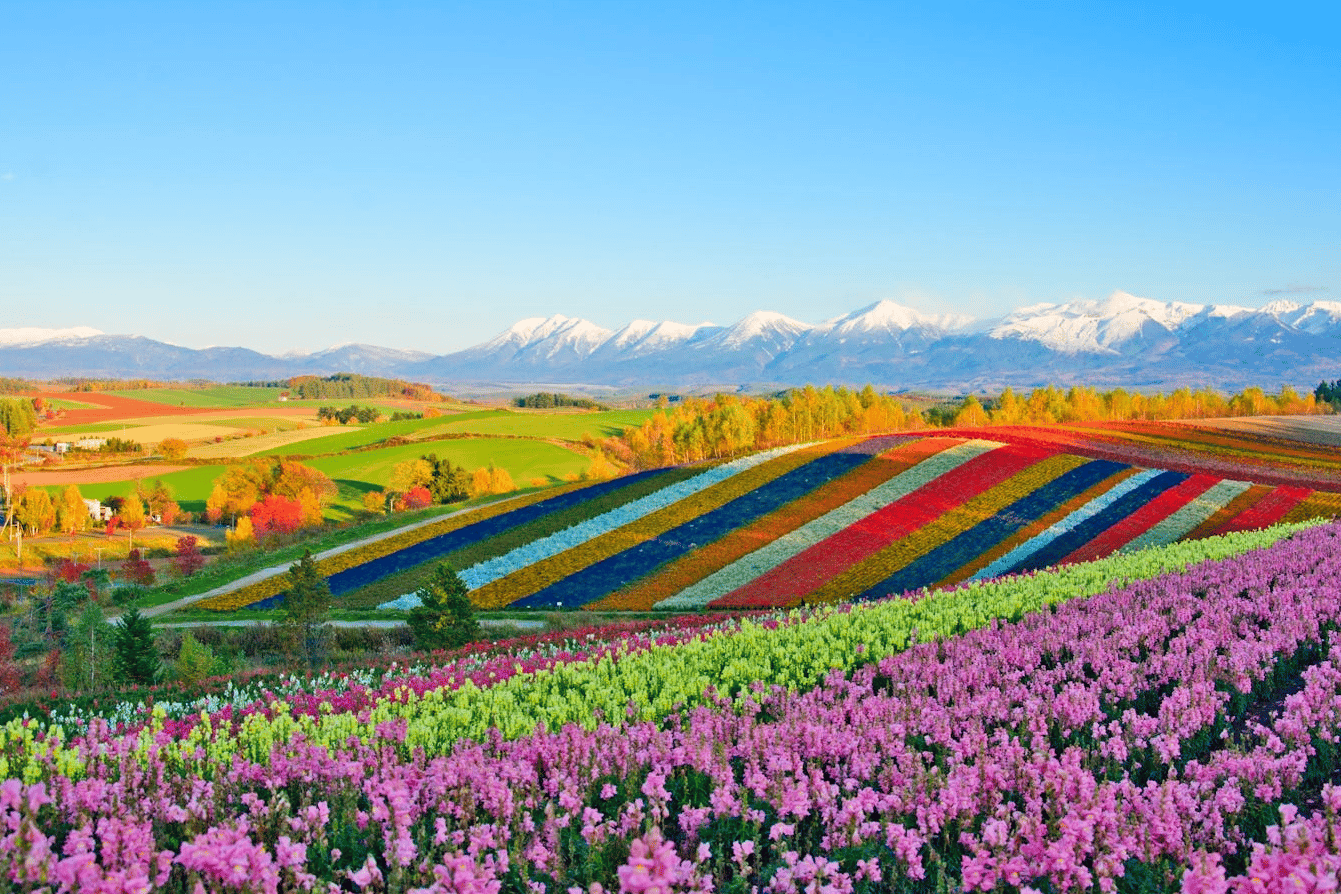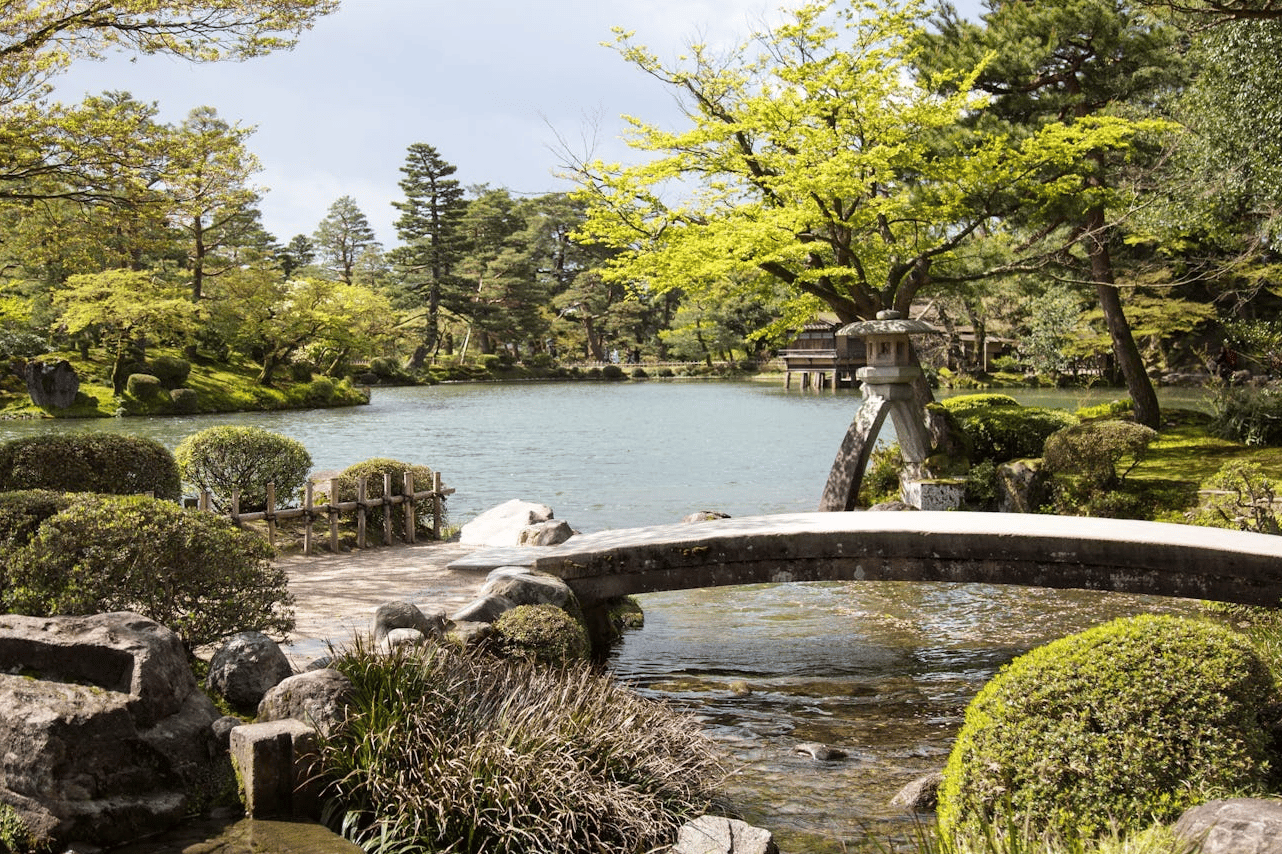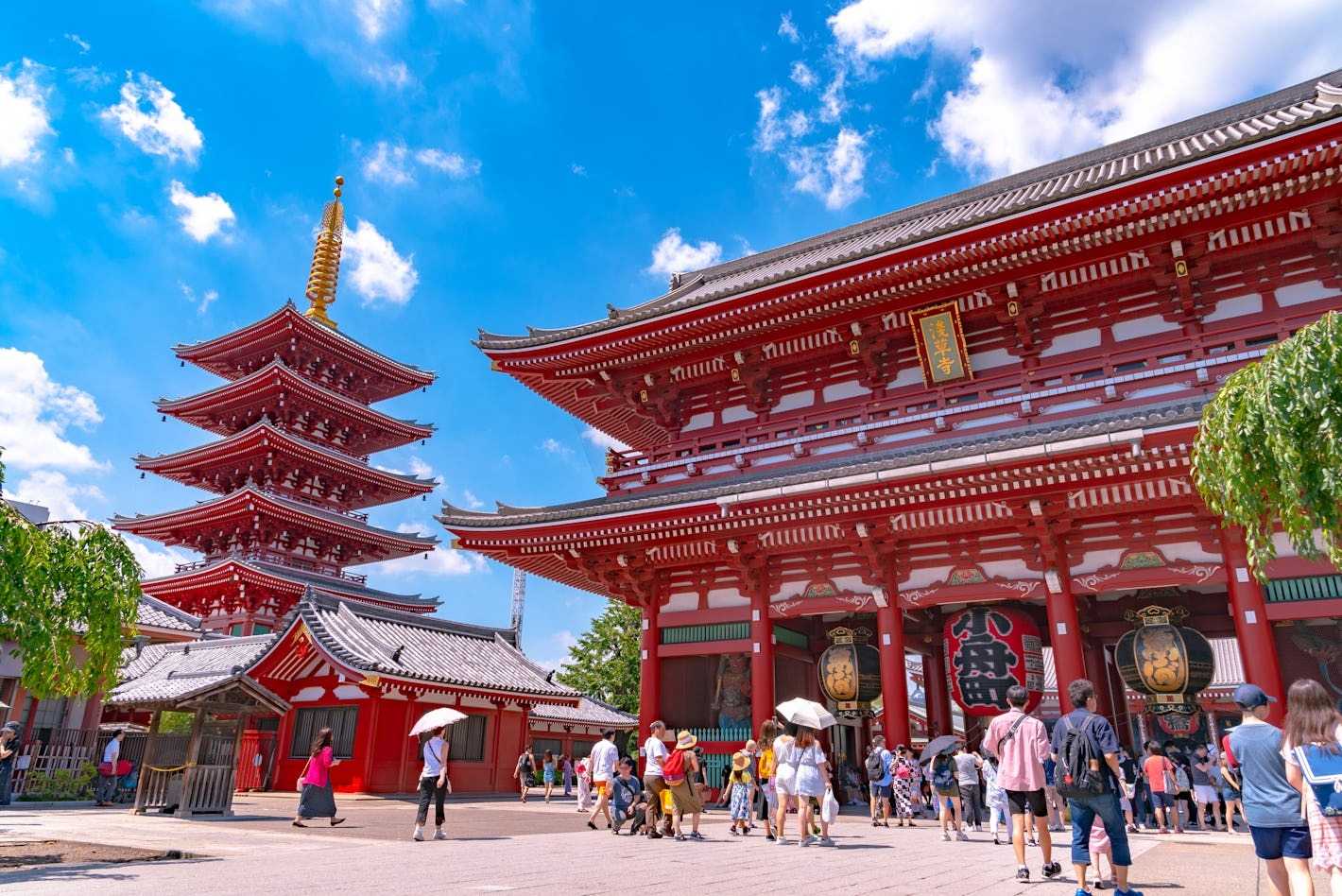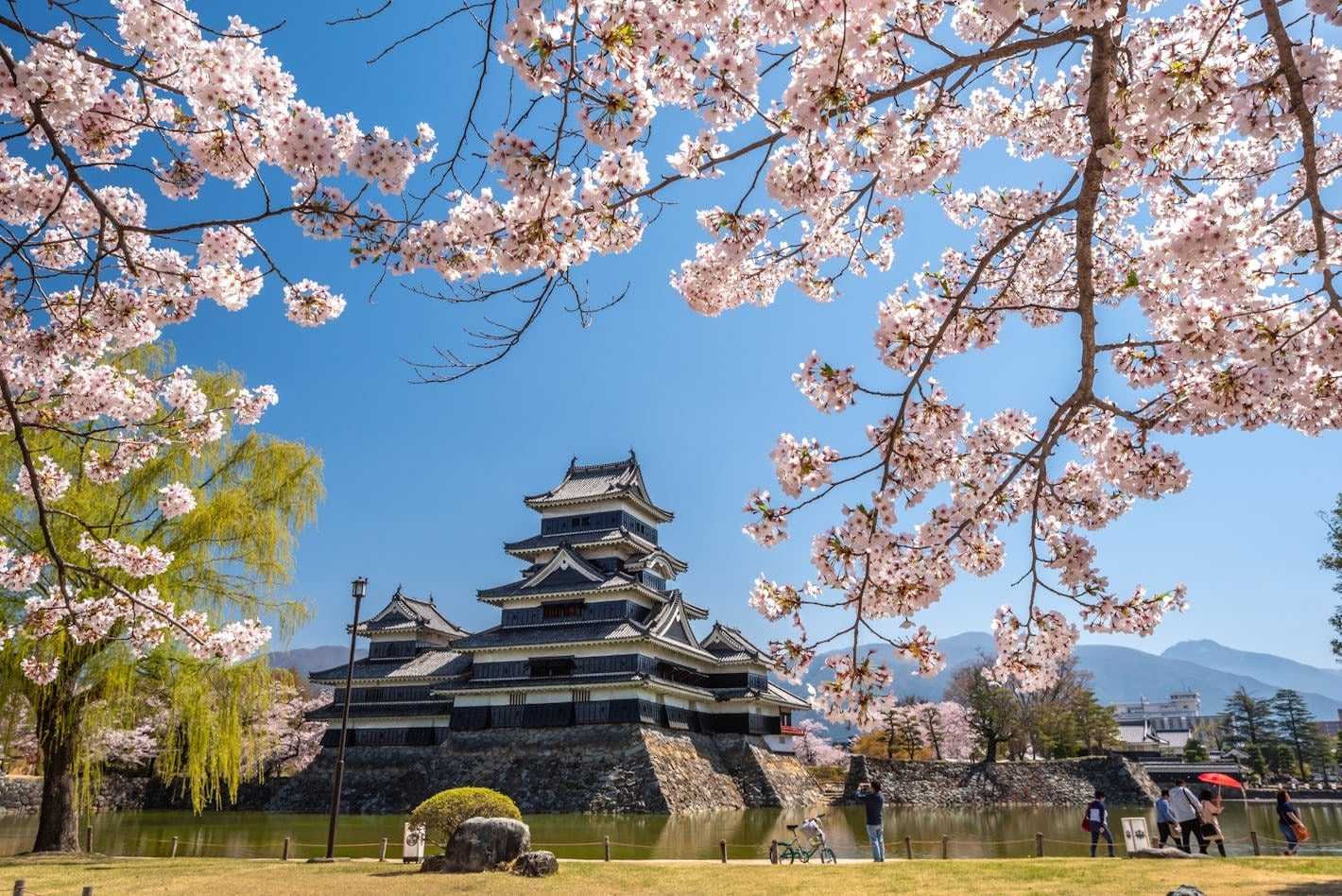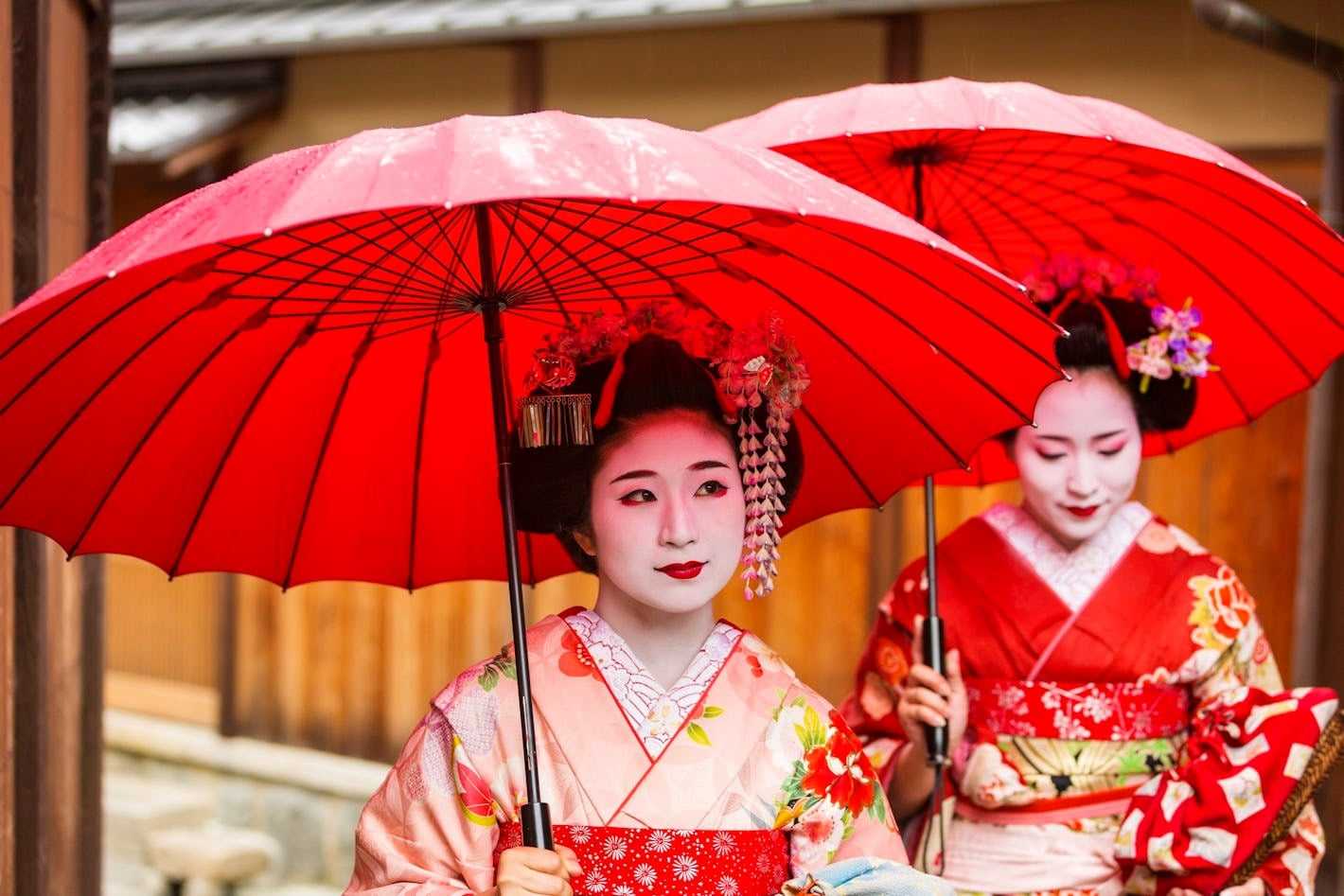Believed by many to be one of the best countries in the world, Japan’s reputation precedes it. Clean, safe, welcoming, beautiful and down-right diverse, the list of things to love about Japan goes on and on. From its unique, artfully-presented food to landscapes that defy description, we’ve managed to whittle our list down to seven reasons to visit Japan this year.
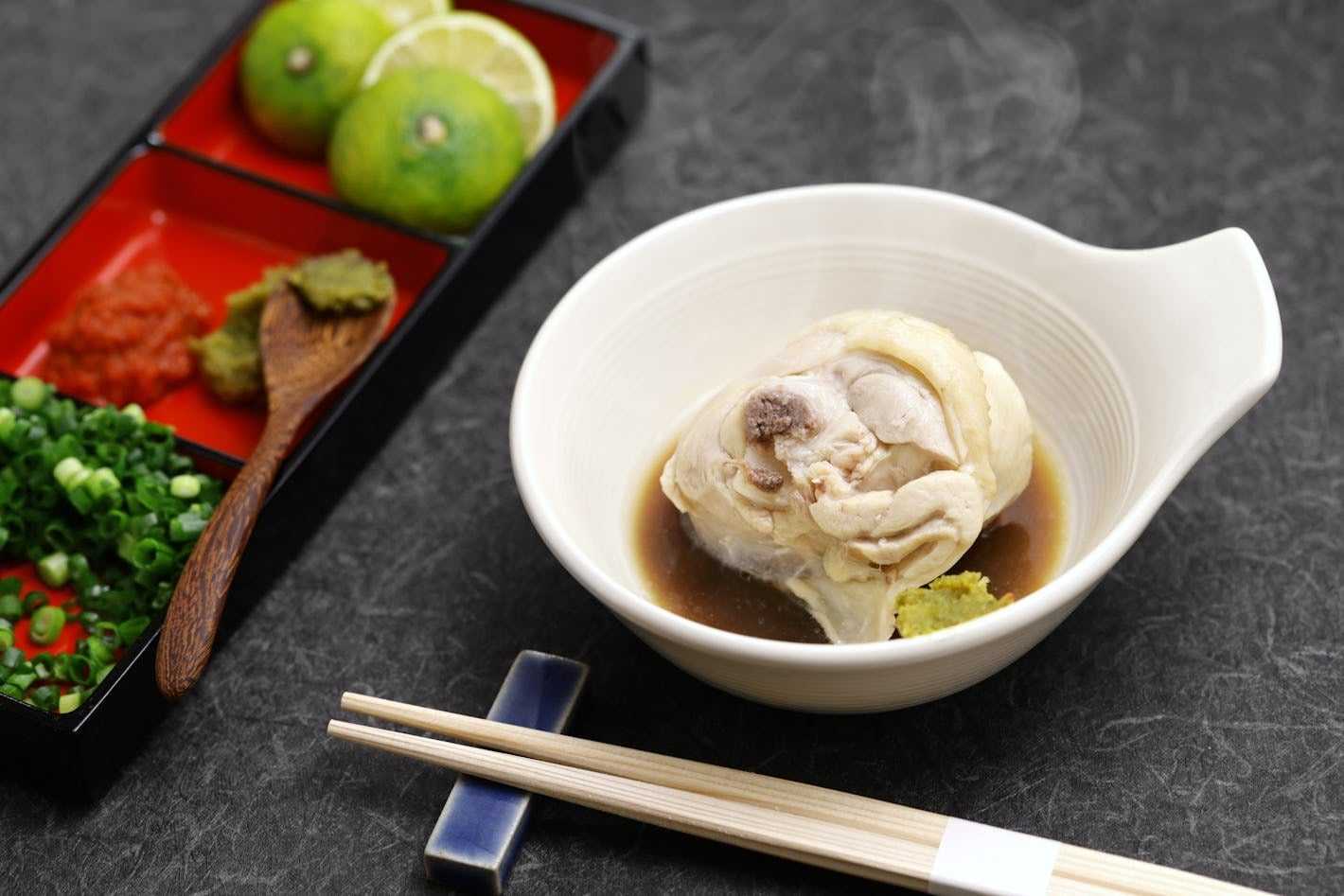
Enjoy one of Japan’s local dishes called Mizutaki – aka, chicken hot pot
Cuisine
Whether it’s at a bustling market or a five-star restaurant, Japanese cuisine is renowned across the world for its exceptional quality, dedication to fresh ingredients and superb presentation. And yet, it is often the utter simplicity of Japanese cuisine – many dishes use just a handful of ingredients – that wins people over. Some of the most famous dishes include sushi, sashimi, tempura, sukiyaki and the meticulously crafted courses of kaiseki. The traditional Washoku way of preparing and serving food has even been given the nod as Intangible Cultural Heritage. And the deep-rooted tradition of omotenashi, a time-honoured skill of great hospitality, accompanies each and every meal no matter how small or large.
Onsens
Located along the ‘Ring of Fire’, Japan is home to 10% of the world’s active volcanoes, making it a hive of geothermal activity. This has resulted in one of the most significant aspects of Japanese life, the onsen. These mineral-rich hot springs provide the ultimate tranquil bathing experience and have been in use for thousands of years and remain an integral tradition today. For visitors, many hotels offer their own take on the onsen, some more traditional than others, but for an authentic experience, book into one of the many beautiful Japanese inns (or ryokans) scattered across the country and luxuriate in the steaming water.
Diverse / photogenic landscapes
Japan’s glittering cities often hog the limelight, but the landscape is in fact incredibly diverse. From the rugged wilderness of Hokkaido to the sun-soaked beaches of Okinawa, snow-capped peaks (hello, Mount Fuji) to fields filled with flowers, quaint and fascinating hamlets hidden in the mountains to mysterious bamboo groves, there are some surprising discoveries to be made. This diversity means there’s no end to the activities you can enjoy either, from skiing to intrepid hiking, cruises across the inland seas and exploring ancient temples that tower above the pretty streets below. And we haven’t even gotten to Japan’s famous gardens…
Gardens
Across Japan, there are hundreds of beautifully-designed gardens, said to represent the three most beautiful aspects of nature and changing coats to match the passing seasons. While the prominent cities host their fair share of stunning green areas, you can also pay a visit to one of the ‘Three Great Gardens of Japan’: Kenroku-en, Karaku-en or Koraku-en. Kenroku-en is said to be at its most beautiful in the winter; Karaku-en is all about spring, when the garden turns pink thanks to the thousands of plum blossoms; and Koraku-en showcases the splendour of Japan in autumn. Each is criss-crossed by streams and ponds, ornate bridges and winding pathways, and will certainly be a highlight on your trip to Japan.
Architecture
Influenced by tools and techniques imported from Korea and China as well as the introduction of Bhuddism, a distinctive feature of Japanese architecture is the curving, elongated rooftops, built from timber and placed at right angles allowing them to sway without falling down. In fact, a great deal of traditional Japanese architecture was determined by the need to be flexible in case of an earthquake, and many structures make use of lightweight materials like wood, bamboo, straw and paper. This minimalistic use of materials is also one of the most important elements in maintaining harmony with nature. Another highly recognisable feature is the presence of transitional spaces, achieved with sliding screens and a free-flowing design between indoors and outdoors. You’ll have the chance to learn all about Japan’s architectural traditions on a guided tour of its striking temples, castles and ryokans.
Cherry blossoms
Known in Japanese as sakura, Japan’s iconic cherry blossoms symbolise the start of spring, alongside a sense of renewal and hope. Over 100 varieties arrive in waves of white and pink, beginning in the south in early February and reaching the northern corners of Hokkaido by early May. Taking the time to enjoy these blooms is a longstanding tradition in Japan, known as hanami, and many locals gather in parks and gardens with a picnic to do just that. Cameras at the ready!
Geisha
One of the most iconic images associated with Japan, it is a privilege to see Geisha (geiko) perform their skills, which include the art of conversation and dances accompanied by traditional music. For centuries, this was an exclusive opportunity reserved for trusted individuals but certain establishments have opened up to outside visitors (with the help of an agent or hotel). While Geisha reside in several cities across Japan, Kyoto remains the most prestigious destination to enjoy a geiko performance at a traditional tea house.


